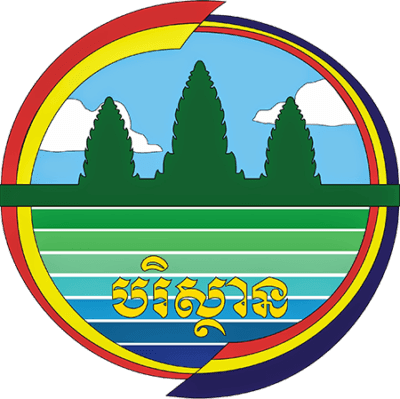Description
While ASEAN’s coastal and marine biodiversity remain to be a significant asset for the region, they continue to be threatened by various issues and challenges. Gleaning from the network of marine protected areas (MPAs) in ASEAN, collaborative approaches and actions are vital in ensuring the effective management of marine biodiversity as well as in linking efforts with larger seascapes. This event highlighted lessons from the site, national, and regional levels that emphasize the importance of transboundary cooperation.
Objectives
- Discuss the concept of transboundary MPA effective management in the context of large marine ecosystems (LMEs) to mitigate biodiversity loss and maintain productive coastal and marine environment in the region
- Share ongoing activities and future plans in the ASEAN region on expanding MPAs and how they help foster food security and livelihood
- Discuss effective management of MPAs through science-based approaches, including key emerging issues affecting coastal and marine environment in the ASEAN, such as climate change and marine litter
- Share communication, education, and public awareness strategies to advocate issues on marine litter and other drivers of biodiversity loss
- Share good practices and efforts on sustainable MPA financing and use of ICM mechanism and tools related to ecosystem approach to fisheries management (EAFM) and marine spatial planning (MSP) to strengthen institutional capacity for the conservation and sustainable management of MPAs
- Identify concrete collaborative actions of the ASEAN Member States (AMS) towards effective and meaningful contributions to the Post-2020 Global Biodiversity Framework (GBF), United Nations (UN) Sustainable Development Goal 14, Sustainable Development Strategy for the Seas of East Asia (SDS-SEA), and other relevant global/regional commitments
Format
Series of talks, poster presentations, and open discussions
Target Audience
National focal points of the ASEAN Working Groups on Nature Conservation and Biodiversity and the Coastal and Marine Environment (AWGNCB and AWGCME) and other interested individuals.
















